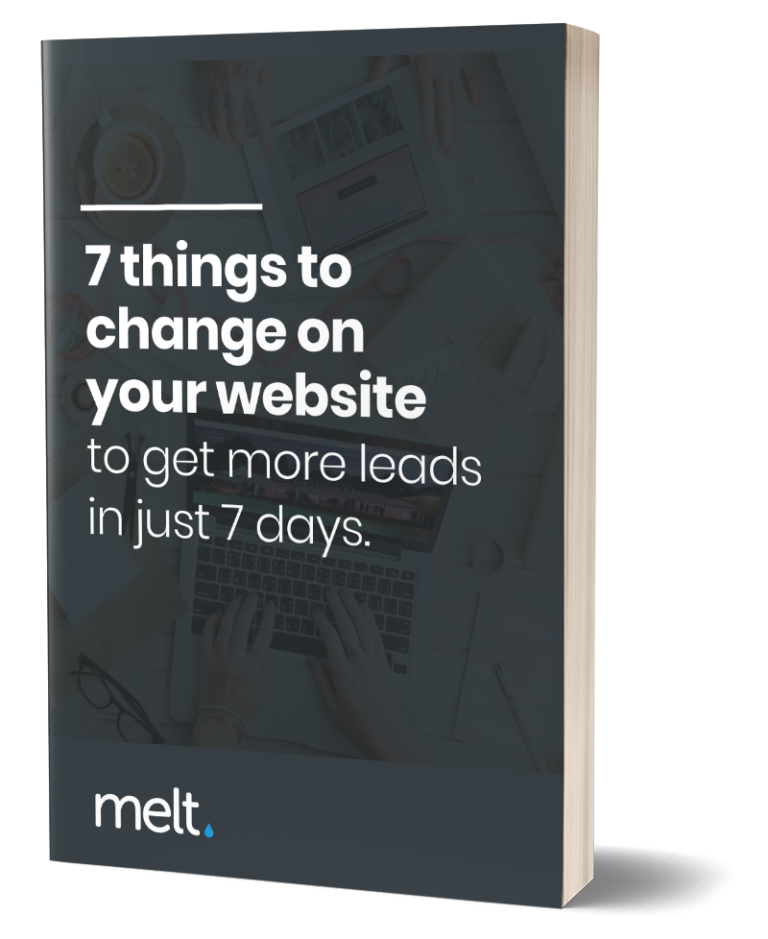Online shopping is rising, and eCommerce businesses rely on their websites to attract customers and do business. In today’s digital age, having a website is crucial for any business, big or small, to stay competitive. A website is the face of an eCommerce business and is a customer’s first impression of the business. A good layout and easy navigation are fundamental aspects of eCommerce websites, so they should be user-friendly and visually appealing.
However, designing an eCommerce website is easier said than done because it involves more than just creating a visually appealing website. After all, a website’s functionality and aesthetics must be balanced and optimised for search engines to increase visibility and attract traffic. Moreover, there’s also the matter of security, payment processing, and inventory management, which requires a lot of technical knowledge and expertise.
When developing an eCommerce website, specific design-based tips should be considered to ensure the website is visually appealing and easy to use. Here are some tips to get you started:

Discover where your website is holding you back with a free, personalized audit report. Uncover what's keeping your site from reaching its full potential and start taking action today!
#1 – Use Simple and Clean Fonts
One of the most important aspects of an eCommerce website design is fonts. Using simple and clean fonts can make the website look more professional and easy to read. Complicated fonts or too many font styles can make the website look cluttered and difficult to navigate.
Choosing a font that is easy to read on desktop and mobile devices is important since most people browse the internet on their mobile phones. Sans-serif fonts like Arial, Helvetica, and Open Sans are popular for eCommerce websites because they are easy to read and look good on desktop and mobile devices. Alternatively, you can opt for a custom font that fits the brand’s personality, but make sure it’s still easy to read.
#2 – Place the Primary Product Image at the Centre
When designing an eCommerce website, showcasing the products in the best possible way is essential. Placing the primary product image at the centre of the page can grab the user’s attention and entice them to explore further. A clear, high-quality image with multiple angles and zoom-in features can help customers make informed purchase decisions.
Ensure the product images are optimised for faster loading times and look good on all devices. You can also add product videos or animations to understand the product’s features and benefits better.
#3 – Use Images with White Backgrounds
Using images with white backgrounds can create a clean and professional look on an eCommerce website. It helps the product stand out and eliminates distractions from the background. Additionally, white backgrounds make it easier to compare products side-by-side and can enhance the website’s overall aesthetic.
When photographing products, use proper lighting and editing techniques to ensure the image is clear and high-quality. Consider using a product photo editing service to enhance the images further.
#4 – Integrate White Spaces
White space is the empty area around and between design elements on a webpage. It is also known as negative space. Utilising white space can make the website feel more spacious and less cluttered, allowing the user to focus on the important elements of the page.
Integrating white space into the design can be achieved by using larger margins, adding padding around images and text, and using fewer elements on a page. It’s important to balance white space and content, as too much white space can make the page feel empty and incomplete.
White space can also convey a sense of elegance and sophistication, enhancing the website’s overall branding. It’s a simple yet effective way to improve the user experience and make the website feel more polished and professional.
#5 – Avoid Including Too Many Design Elements
Including as many design elements as possible can be tempting to make the page feel visually interesting. However, too many design elements can have the opposite effect, making the page feel cluttered and overwhelming.
To avoid this, it’s important to prioritise the most important design elements and use them strategically throughout the page. This can include using a consistent colour palette, typography, and imagery. It’s also important to use negative space to create a visual hierarchy and guide the user’s eye towards the most important elements on the page.
#6 – Integrate Mobile Responsiveness
As more and more people use mobile devices to browse the internet, your website must be mobile-responsive. The website’s design and layout will adapt to fit different screen sizes and resolutions.
To achieve this, you must use responsive design principles, such as fluid grids and flexible images and test the website on different devices to ensure it looks and functions properly. This will improve the overall user experience and make it easier for users to access your website on the go.
Conclusion
E-commerce websites are essential for businesses to thrive in today’s digital world. However, they must be designed with the user in mind to provide a seamless and convenient shopping experience, which is essential if an eCommerce business wants to succeed. This will make customers more likely to return and make repeat purchases.
If you’re looking for a website design agency, MELT can help you! We understand the needs of businesses, so we develop comprehensive solutions to develop a functional yet aesthetically pleasing website for your eCommerce business. Call us today at 01926 266059 to get a quote!

